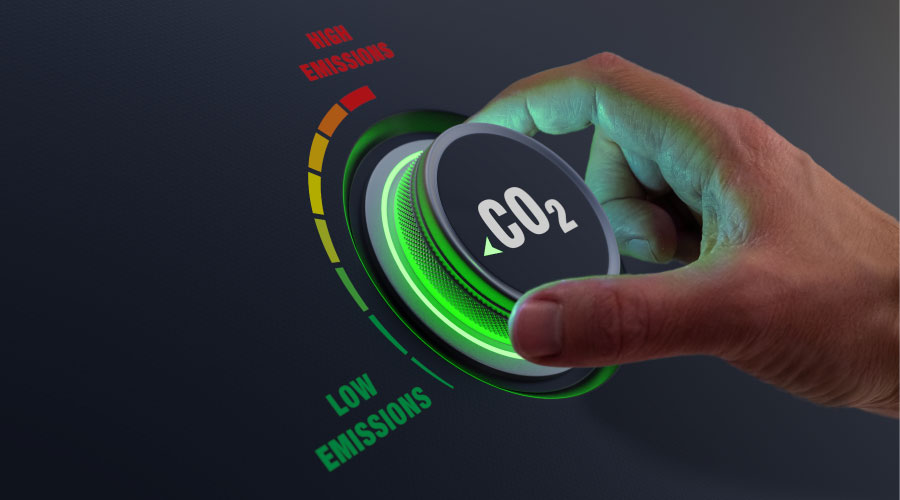Sustainability Performance Measurements
Performance measurements. Such items as key performance indicators, scorecards, and dashboards are the most important components of the complete process. You must be able to measure what you manage, or you do not have any quantifiable method to determine whether your management and leadership methods and programs are making a positive difference on your assets and buildings. "If you cannot describe what you do as a process, then you don't know what you are doing," wrote W. Edwards Deming, the total quality management guru.
Managers can choose from among hundreds of performance measurements in the facility maintenance world these days. Here is a summary of the more common performance measurements:
- Backlog weeks, which indicates deferred work that is not important enough to be completed in the current week.
- Work distribution, which measures completed work by each crew. Managers normally track it by craft and use it to produce long-range staffing forecasts.
- Percent of reactive work, which reflects the amount of such work, which often is more expensive than planned and scheduled work.
- PM performance. Managers can use this measurement to indicate total man-hours spent on PM work and the amount of late PMs.
- Percent of planned work orders, which measures the percent of total hours spent working from well-planned work orders.
- Work-schedule compliance. This measures your department's ability to communicate and plan work for your customers. Keep in mind you must have planned the work before you can successfully schedule it.
- Cost to maintain assets. This figure is the total cost to maintain an asset or system and is used to determine when it is time to overhaul or replace the component.
Process audits. Conducting an audit is the only true way to validate the process you have put in place. The audit process involves: putting policies and processes in place; measuring the performance and comparing it to the original process design; and auditing the performance to ensure there are no smoke and mirrors. The simplest way to set up an audit process is to set aside 10 percent of all work orders for physical audits, and then audit all performance measures to ensure the data and calculations are accurate.
As we design and build more complex buildings and facilities, we need to have a system in place to ensure we have the knowledge, budgets, measurements, and auditing systems to guarantee we can keep the sustainable and LEED-certified buildings and assets in a like-new condition throughout their designed lives. To achieve this goal, you need a plan, you need a process, and you need a method to measure your progress against the plan and the process.
Michael Cowley, CPMM is president of CE Maintenance Solutions. Cowley provides maintenance training, coaching, and consulting services to facility and manufacturing organizations nationwide, and he is a frequent speaker at national facilities management conferences.
Agree? Disagree? Have something to say?
We want to hear from you. Visit myfacilitiesnet.com/michaelcowley, and "Start a Conversation."
Related Topics:












